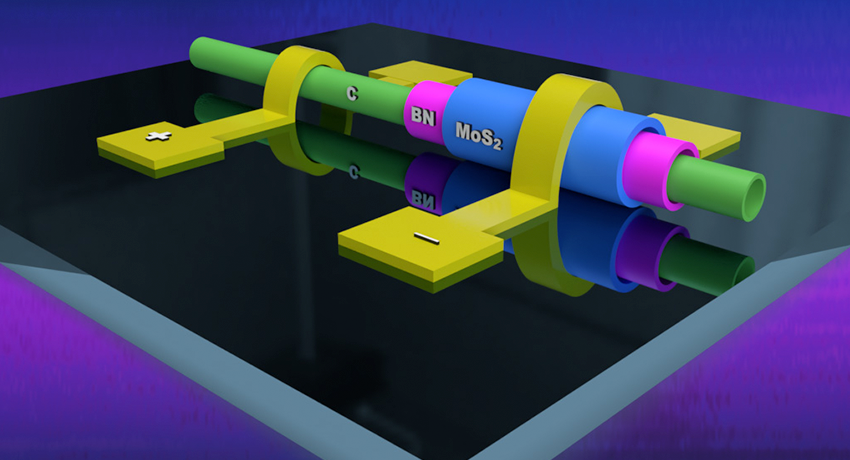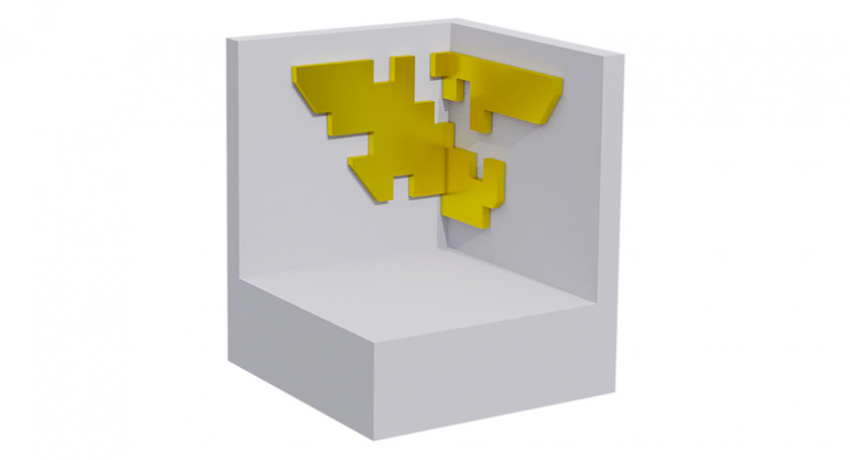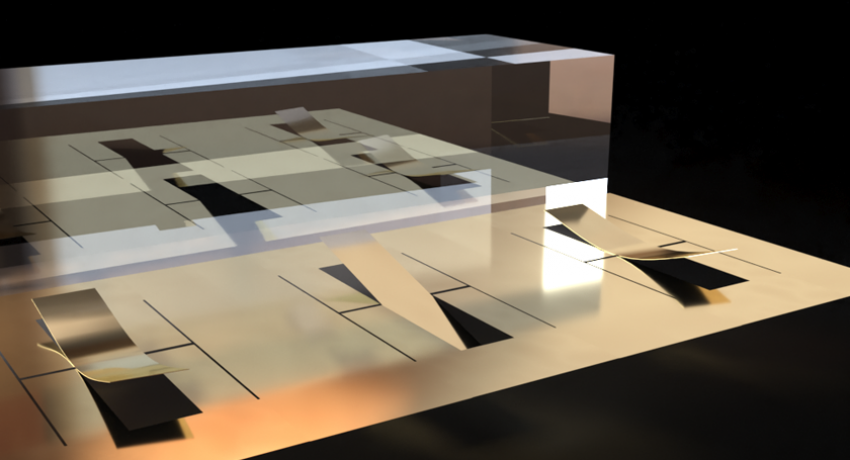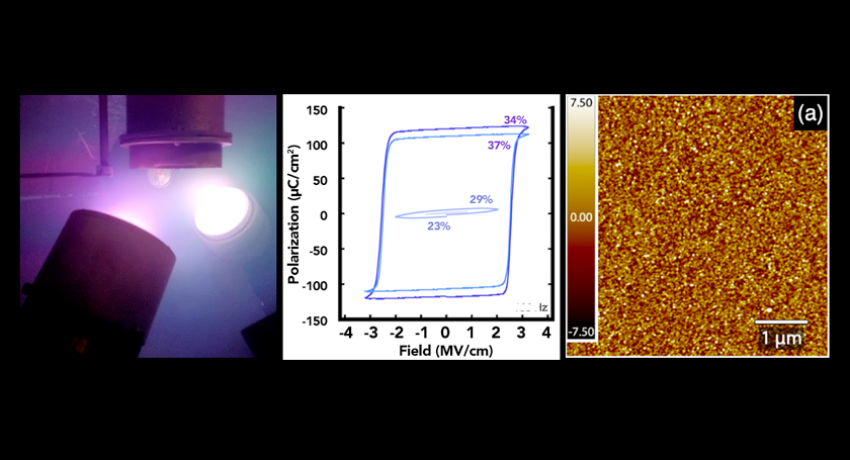It’s not easy to efficiently explore design space for 3D metamaterial components, or unit cells, but Penn State researchers have developed a variety of complex optimization techniques in our lab, and our collaboration with Sandia National Laboratories allowed for fabrication of very complex 3D structures at the nanometer scale. This unique combination of advanced capabilities provides a good strategy to explore 3D unit cells that can lead to sophisticated metamaterial functionalities.
Using a technique that mimics the ancient Japanese art of kirigami, a team of researchers may offer an easier way to fabricate complex 3D nanostructures for use in electronics, manufacturing and health care.
Kirigami enhance the Japanese artform of origami, which involves folding paper to create 3D structural designs, by strategically incorporating cuts to the paper prior to folding. The method enables artists to create sophisticated three-dimensional structures more easily.
A new family of materials that could result in improved digital information storage and uses less energy may be possible thanks to a team of Penn State researchers who demonstrated ferroelectricity in magnesium-substituted zinc oxide.
Ferroelectric materials possess a spontaneous electric polarization as the result of shifts of negative and positive charges within the material that can be reoriented via the application of an external electric field. They can be affected by physical force, which is why they are useful for push-button ignitors such as those found in gas grills. They can also be used for data storage and memory because they remain in one polarized state without additional power and so are low-energy digital storage solutions.




